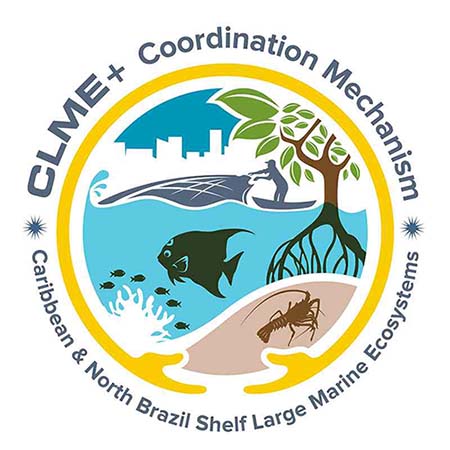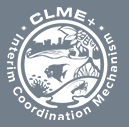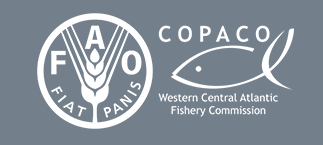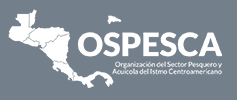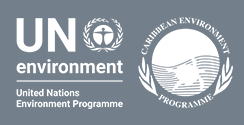
Spatial and Temporal Distribution of Multiple Gear Fishing Fleet Exploiting the Caribbean Sea and North Brazil Shelf Large Marine Ecosystems
An industrial multigear fishing fleet from Venezuela emerged in 2009 as a governmental strategy to reduce the impact of industrial trawling on the Venezuelan coast of the North Brazil Shelf Large Marine Ecosystem. The current study aimed to examine the spatial–temporal distribution of fishing effort and the catch levels obtained by the Venezuelan industrial multigear fishing fleet during the period 2015–2018. Fishing gear types employed by this fleet in order of preference were as follows: bottom longline (target sea catfishes [family Ariidae]), trap (target snappers [family Lutjanidae]), pelagic longline (target tunas [family Scombridae]), hand line (target mackerels [family Scombridae]), and shark longline (target sea catfishes and sharks [families Carcharhinidae, Squalidae, Sphyrnidae, Ginglymostomatidae, Alopiidae, and Triakidae]).
 4
4


 Report issue
Report issue